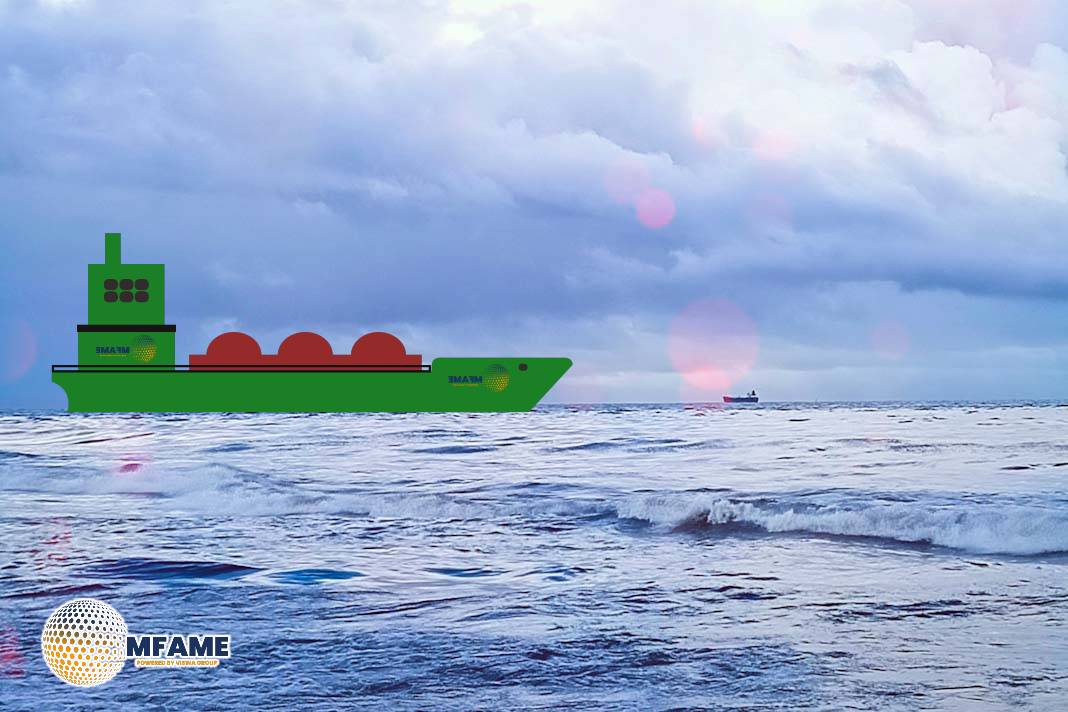- VLCC, Suezmax, and Aframax Rates Surge to Multi-Month Highs.
- Global Crude on Water Reaches Record Levels in October.
- China’s Special Port Fees and USTR Measures Cause Voyage Delays.
The first half of 2025 has been marked by ongoing geopolitical tensions and regulatory changes that have significantly altered global trade patterns and crude freight dynamics. In October, crude freight rates for VLCCs, Suezmaxes, and Aframaxes surged to multi-month highs, with VLCCs leading the charge, reports Break Wave Advisors.
Rising Freight Rates and Crude on Water
Rates for VLCCs and Suezmaxes have skyrocketed, with Suezmaxes hitting a two-year peak, while Aframax rates reached their highest point of the year in September. Since August, global crude and condensate volumes on the water have been steadily increasing, reaching record levels in October. This oversupply is partly due to sanctioned exports, but mainstream tonnage has also gained from higher non-sanctioned oil volumes.
VLCC Utilisation at Multi-Year Highs
Mainstream VLCC utilisation has jumped nearly 5% year-on-year, driven by long-haul Pacific trades and increased OPEC+ exports. Average voyage counts peaked in September and October. New measures, including actions from the USTR and China’s Special Port Fees introduced on October 14, have led to discharge delays, keeping vessels loaded for longer. As of October 21, three US-linked VLCCs bound for China were reportedly looking for alternative buyers or considering ship-to-ship transfers to sidestep these fees.
Sanctions and Tight Tonnage Support Suezmax and Aframax Rates
The limited availability of vessels, coupled with high crude volumes on the water, has pushed VLCC rates to a 31-month high. For Suezmaxes and Aframaxes, stricter sanctions on Russia, Iran, and Venezuela have restricted dark fleet capacity, which has been advantageous for mainstream utilisation. Crude inflows to the Atlantic Basin increased by 8% year-on-year in Q3, bolstering demand for these types of vessels.
Regionalisation and Atlantic Basin Strength
The trade patterns for Suezmax tankers have become increasingly regional. After a brief surge due to India stepping in to replace sanctioned Russian crude, the focus has shifted to routes within the Atlantic Basin. Exports from South America—particularly Argentina, Brazil, and Guyana, heading to Europe and the US have kept utilisation rates at seasonal highs.
On the other hand, Aframaxes are experiencing a boost in transatlantic demand. There’s been a rise in voyages from the Gulf of Mexico to Northwest Europe and the Mediterranean, which have taken over from shorter trips from Mexico’s east coast to the US Gulf, a route that has hit its lowest levels in nine years.
Outlook: Structural Tightness to Persist
Looking ahead, we can expect structural tightness to continue. A complex mix of sanctions, tariffs, and regulatory measures has disrupted global crude trade and made fleet efficiency more challenging. With ongoing geopolitical tensions, stricter enforcement of sanctions, and China’s port fee policies, the crude freight markets are likely to stay well-supported in the medium term.
Did you subscribe to our daily Newsletter?
It’s Free Click here to Subscribe!
Source: Break Wave Advisors
















